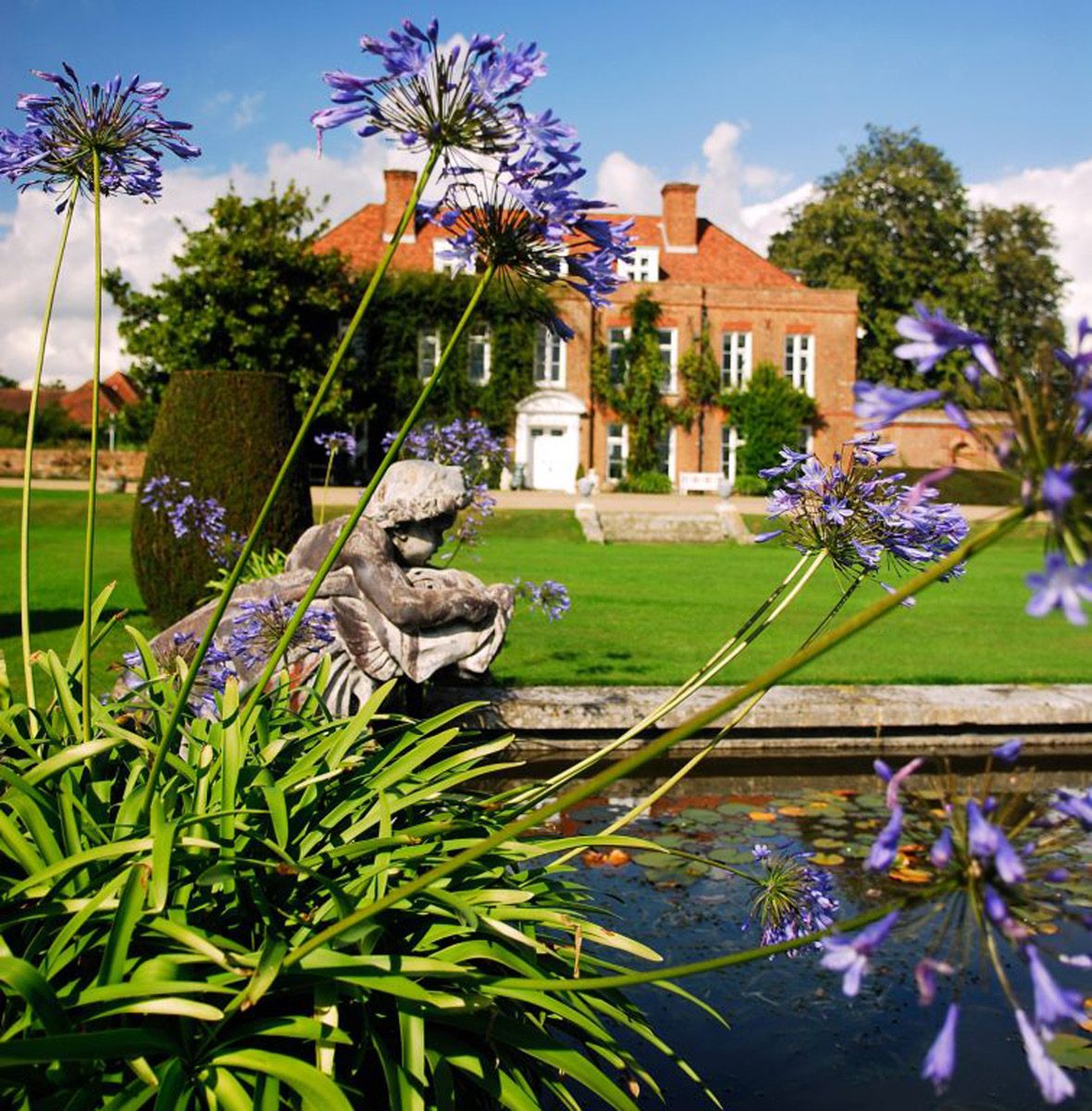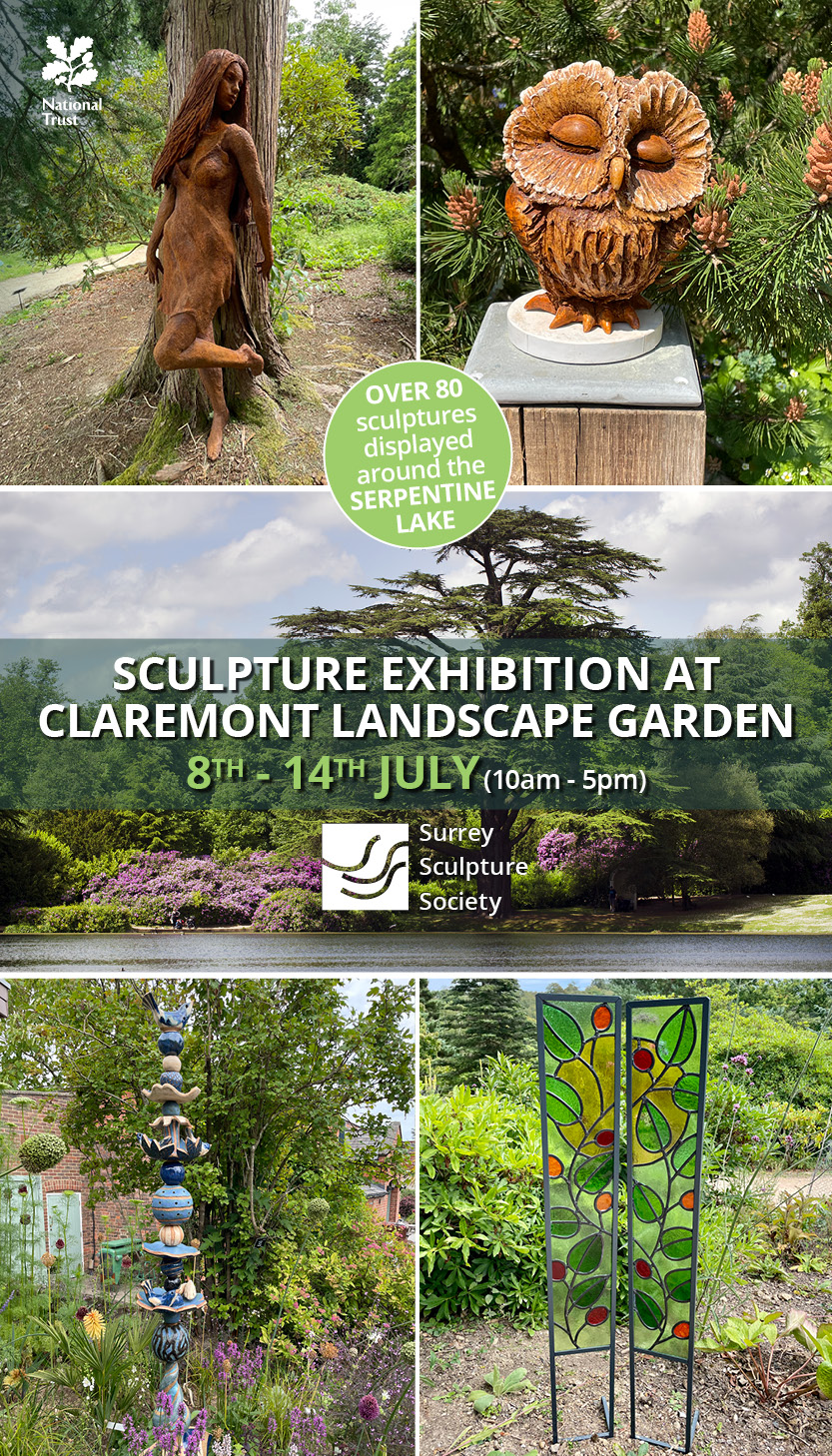I thought it was cold this week until I heard what the temperature had dropped down to in Eastern Europe, but biting north-easterly winds and low temperatures rarely deter professional gardeners from their winter jobs. And at Hole Park in Rolvenden, Head Gardener Quentin Stark and his team are preparing for a new season and for the first time they will be hosting the Wealden Times Summer Fair on June 14, 15 and 16 June 2012.
Quentin has been Head Gardener at Hole Park for eleven years having previously worked at, amongst other properties, Kingston Lacy, Wimpole Hall in Cambridgeshire and with Mark Flanagan at the Savill Gardens, Windsor. He was a font of wise gardening knowledge when I walked round the garden with him recently. I particularly liked his tip about cutting clematis down to a foot regardless of ‘pruning group’ in late winter after which, he assured me, they will flower happily. That really does save worrying about which group your particular clematis is in and is a huge relief, too, if you lose the labels on your plants. The exceptions to this would be the early flowering C. montanas and the evergreen C. armandii.
There are fifteen acres of gardens at Hole Park surrounding the house, which in turn are surrounded by two hundred and fifty acres of parkland with the estate beyond. The property has been in the Barham family since it was bought by Col. Arthur Barham in 1911. It was he who first developed the gardens after the First World War during which he lost his oldest son, Wilfrid, and to whose memory the Memorial Gates into the Walled Garden are dedicated. In the 1830s the house had been given a mock-Tudor ‘make over’ but in 1959 the size was reduced, the ‘Tudor’ building was removed and the original Queen Anne house reconstructed. Now the house, beautifully clothed with the early flowering Banksian rose, sits happily surrounded by both ‘the gardens within gardens’, the woodlands and the park. Each generation of Barhams since their arrival before the First War have put their stamp on this garden and it is constantly evolving with new plantings of both plants and trees as well as facilities for visitors which give them plenty of places to sit and contemplate.
The soil here is heavy clay with a pH of 6.5, hence the need for the addition of copious amounts of organic material to lighten the texture and make it easier to work. The garden has stunning structure with walls, herringbone brick paths, formal pools and quite beautifully clipped yew hedges and topiary. Clipping the yew takes about four weeks and last year 1300 kilos of cuttings were collected to be used as an ingredient for anti cancer drugs. Interestingly, the Italians are now growing yew commercially for this purpose and 2011 was the first time in three years that the yew cuttings had been collected. When the yew was first planted in the 1920s, to a design by Col. Arthur Barham, the roots were prevented from straying into adjoining flowerbeds and leaching them of nutrients by the construction of ‘underground walls’. Not something we could probably afford these days but what an excellent idea.
The season starts with a tremendous display of bluebells in Brick Kiln Wood to the east of the Woodland Garden and it is here that you can walk down to the recently restored 18th century Ice House. The water for this House is thought to be the Egg Pond, no prizes for guessing its shape, and to which a spring supplying water to the house was diverted. Thousands and thousands of scented native bluebells prosper here due in good part to the regular coppicing of the woodlands allowing light to stream in enabling the plants to multiply and flower in huge drifts. Once the canopy thickens, their foliage dies back only for the cycle to repeat the following year. And in these deciduous woodlands and alongside the stream are colonies of wild garlic or ramsons making the most of the perfect growing conditions: damp, slightly acidic soil and dappled shade. For the foragers amongst you, the leaves, bulbs and flowers of this plant are edible.
There are banks of spring bulbs in the garden and in the area of the garden known as The Policy, which incorporates a heather garden, a particular favourite of Col. Arthur Barham’s wife, Annie; 12,000 new bulbs have recently been planted as have a selection of malus, crataegus and birch. There are some lovely plants here including different cornus such as Cornus florida f. rubra which, as the name suggests, has rich pink bracts. I am sure that Quentin is right when he suggests that these plants are not planted enough as they do make quite a show in May and have the added bonus of autumn colour. The lovely Cornus mas or Cornelian Cherry was in full swing this week with tiny yellow flowers produced on bare wood.
The Woodland Garden, created by David Barham, Sir Arthur’s grandson, in the late 60s, is beautiful in both spring and autumn. The self-seeded hornbeam and ash were removed, the Wealden oaks of course remain, and in their shelter a huge collection of azaleas, rhododendrons, magnolias and maples were planted. There are sheets of primroses on the banks and many other shade-loving plants are constantly being added to this area such as epimediums, hellebores, Digitalis ferruginea, francoas, omphaloides, thalictrums and cyclamen. Near the ponds are shuttlecock ferns which bulk up nicely, astrantias moved from the Sundial Garden which was too dry for them and one of my favourites, sanguisorbas.
There is a large specimen of the Himalayan Magnolia campbellii, planted in 1972. This tree can take over twenty years to flower depending on conditions but the huge flowers are just magnificent and always worth a special pilgrimage to see if you have a chance.
May brings the intensely scented flowering of the six standard Wisteria sinensis in what is known as The Vineyard. It is interesting to see that their substantial stems twine round in an anti-clockwise direction whilst Wisteria floribunda, the Japanese form, does quite the opposite. In this garden, too, is a large clump of a ‘giant’, deep blue agapanthus which has been growing at Hole Park for many years. It also looks spectacular growing in containers in front of the house. It is now recognised as A. ‘Hole Park Blue’ and which will be available commercially in the latter half of 2012.
Other distinct gardens within Hole Park Gardens include, to the east of the house, the Terracotta Garden with its centrepiece – a large terracotta pot – containing first, the delectable tulip, T. ‘Princes Irene’ followed for the summer by red geraniums. The colours are hot in here with the addition of the 6’ tall annual Mexican sunflowers (Tithonia rotundifolia) with their vibrant orange flowers, Salvia confertiflora,Heuchera ‘Marmalade’, and various kniphofia in hot shades. I don’t know if you know this particular salvia. Great Dixter at Northiam use it a lot in their gardens and it is, like the tithonias, a large plant. I think it’s well worth growing as it has long inflorescences with orangey red flowers, covered with velvety hairs and stems in the same shade. I’m nurturing a plant in the spare bedroom at the moment as I don’t trust my very small paraffin heater in the greenhouse!
Further east of the house, Christopher Lloyd designed the planting for the two long borders that lead to the statue of The Eagle Slayer, sculpted by the great Victorian sculptor, John Bell, for the Great Exhibition of 1851 and the yew hedge here has been deliberately lowered so that visitors can see the spectacular views of the parkland and over towards the Postmill at Rolvenden. Views are particularly fine at Hole Park as are their collection of trees; particularly of note is the Turkey Oak behind the topiary of the Sunken Garden, the Wellingtonia (Sequoiadendron giganteum) which is the fastest growing tree in the garden and which survived the ’87 storm when so many trees in The Pine Garden came down, and the Koelreuteria paniculata in the Pool Bed which is a particular favourite of Quentin’s. This tree, known too as the Golden Rain tree, has small yellow flowers which appear in late summer followed by bladder-like fruits and the added bonus of yellow autumn colour. And then there is a particularly fine specimen of Magnolia grandiflora, between the Millennium Garden and the house, that is not to be missed when its huge creamy flowers, complete with their heavenly scent, are borne from mid-June through to the autumn.
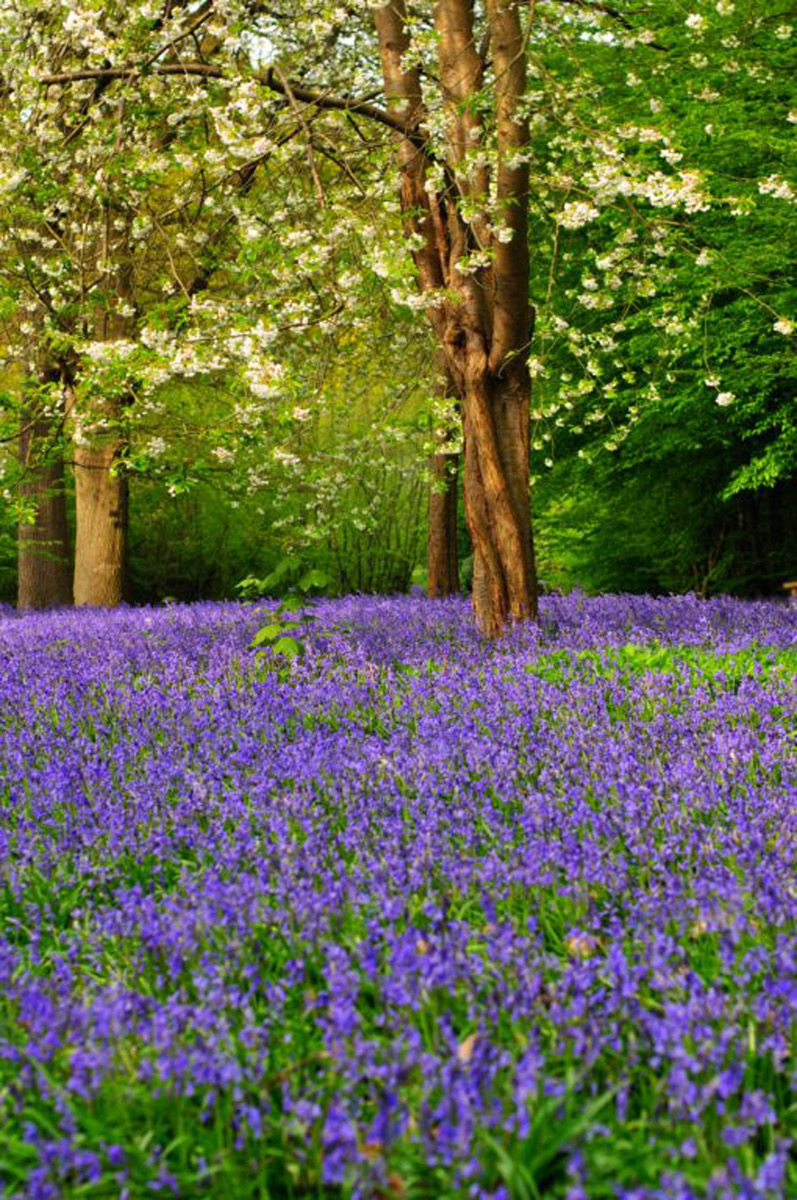 TEST
TEST
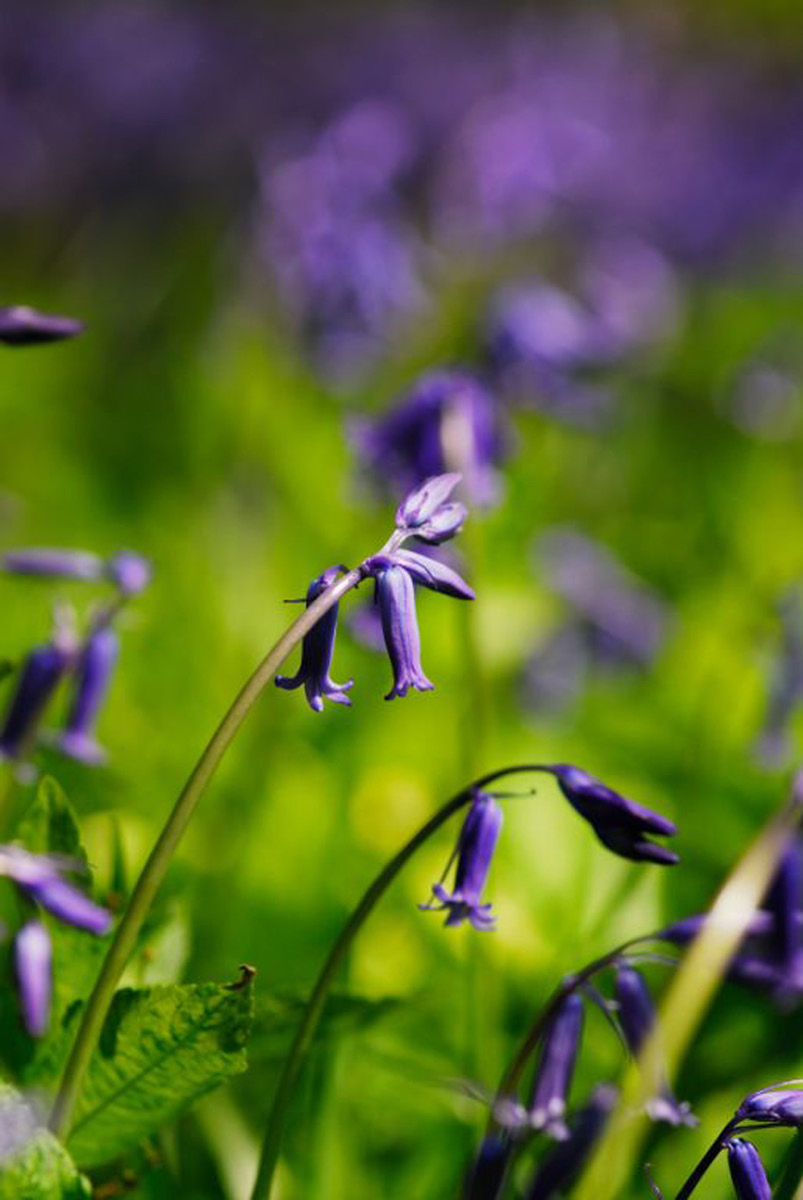 TEST
TEST
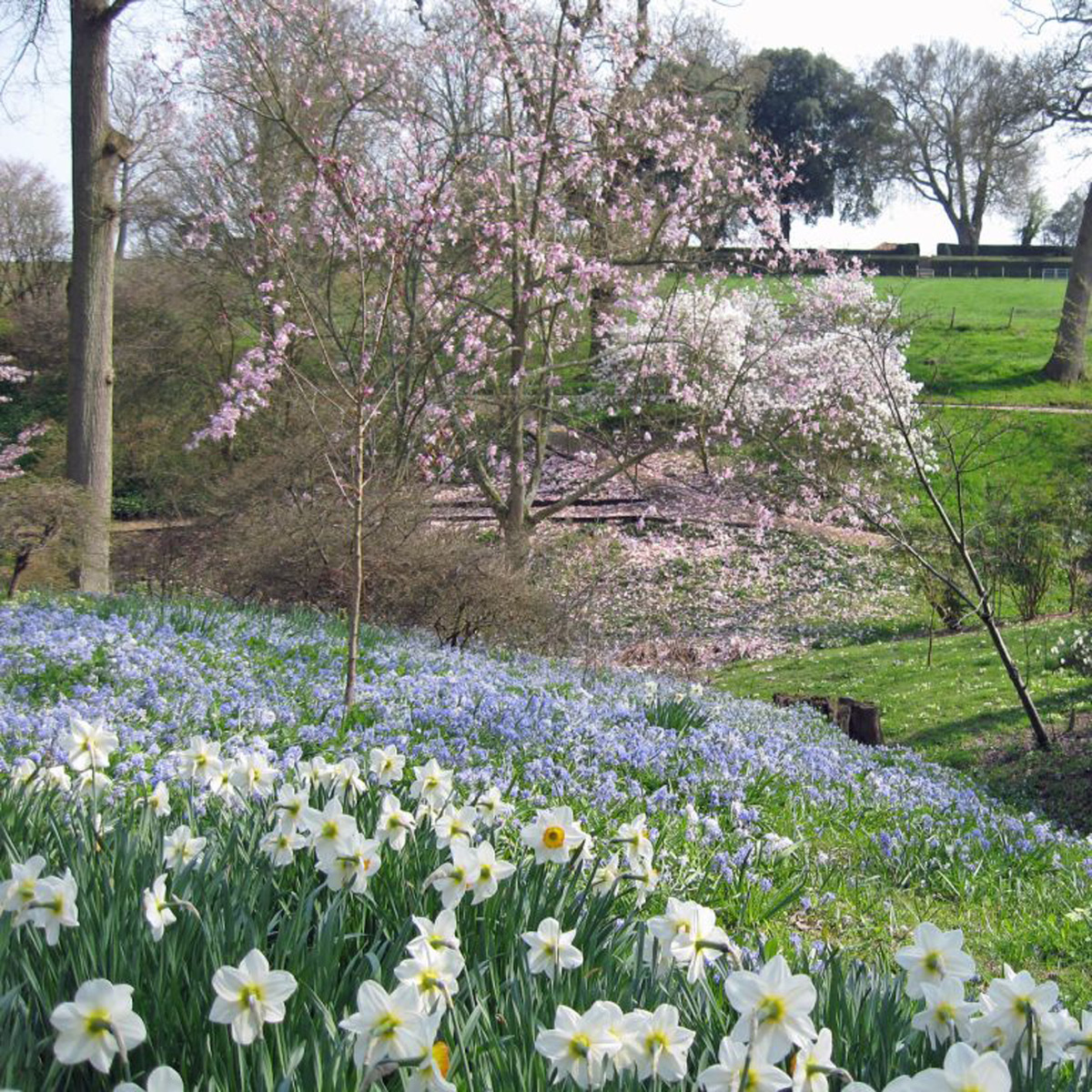 TEST
TEST
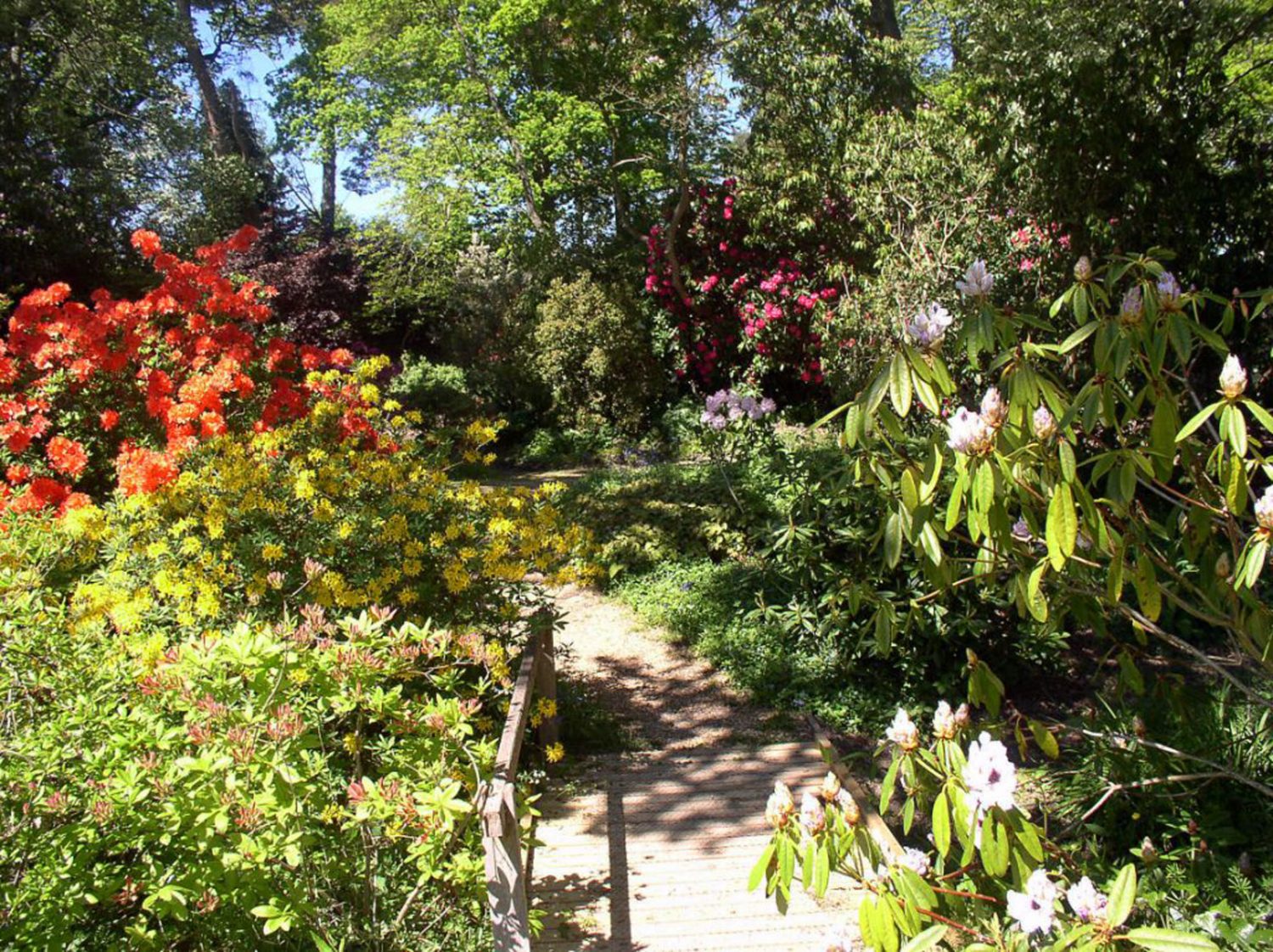
- words: Sue Whigham
You may also like
Go with the Flow
Sue Whigham shares some valuable new-to-gardening advice I’m sure that by now we should be used to the rain but I’m not entirely sure that we are. We had a dry, sunny day the other day and how everybody’s mood...
Farm Fables
Jane Howard gets to the bottom of why so many ponds have disappeared across the High Weald I have a new passion, almost an obsession, it’s about ponds. And there’s a distinct possibility I might become a bit of a...
Hedge Issues
Sue Whigham takes a meander along nature’s verdant and vital corridors Recently the BBC’s Today programme carried a feature about England’s hedgerows which created a lot of interest among listeners. On the strength of that, Martha Kearney interviewed one of...
